Content:
Rolled leaves on young tomato bushes signal a problem in plant development. The reason may be a lack of water or a sharp change in weather conditions, an excess or lack of elements in the soil, pest damage. Leaf curling is not an infectious disease. Associations have been established between the symptoms and the cause of the sickly appearance of the leaves. If the leaves of tomato seedlings curl, what to do should be decided as soon as possible in order to collect the planned harvest.
Why do tomato seedlings curl
When the first signs of leaf curling are found, you need to determine the cause and help the seedlings. And you need to start by analyzing the growing conditions. For normal development, a tomato bush needs a comfortable environment with a daytime temperature of + 28 ° C and a night temperature of + 18 ° C and with sufficient light.
Deficiency or excess moisture
A common cause of tomato leaves curling is lack of moisture. Dry soil in seedling containers can cause irreversible wilting of a plant that has not yet matured. Tomatoes are watered often and little by little, making sure that the topsoil is moist.
It is necessary to water the seedlings under the bush so that water does not fall on the aerial part of the plant. It can cause the development of fungal diseases.
If the reason is excess moisture, you should switch to regular moderate watering. Watering seedlings is necessary only when the top layer of the earth is thoroughly dried.
Lack of lighting, scorching sun rays, high temperatures
For containers placed in a darkened place with seedlings that have begun to turn yellow, you need to find another, well-lit place. With short daylight hours, additional lighting equipment can be installed.
If the seedlings are grown on the sill of a south-facing window, the plant will suffer from direct sunlight. For plants, you need to find a darker place or reduce exposure to sunlight by scattering the light flux.
In greenhouses, when the temperature rises above + 35 ° C, the apical leaves of the seedlings begin to curl inward. To relieve high-temperature stress, you need to use ventilation, make drafts, and shade plants with lutrasil. To restore the normal state of tomato seedlings will help spraying with a solution of urea (for 10 liters of water 1.5 tbsp. L. Urea) and after 1-2 days - a weak solution of potassium permanganate. These measures are enough to straighten the wrapped tops after a few days.
Deficiency of the elemental composition of the soil
The reason for leaf curling of non-infectious origin is often associated with a lack of elements in the soil or excessive fertilization.
There is not enough copper.With a lack of copper, the young upper leaves twist, and the older ones twist into a tube. Plant growth slows down, cuttings remain short. Symptoms may be associated with a lack of copper in the soil or with poor copper absorption by tomatoes. The deficit is made up by spraying with a solution of copper sulfate, root dressings (Microvit copper, Chelate copper forte).
The plant may lack copper due to poor assimilation of the element associated with abundant fertilization with nitrogen and phosphorus. In this situation, nitrogen and phosphorus-containing fertilizing should be reduced and the acid composition of the soil should be normalized.
Lack of manganese.When the seedlings receive less manganese, the youngest leaves of the seedlings twist, acquire a gray-brown color, begin to wither and dry out. Even if everything is in order with the composition of the soil, the absorption of manganese can be blocked by:
- acidified soil;
- insufficient illumination;
- waterlogged soil or excessively fertilized with potassium, phosphorus, calcium, copper.
If there is a shortage of the identified element, the plant is fed with a one-component fertilizer. To compensate for the manganese deficiency, tomatoes are fertilized with Mikrovit Mn, Manganese chelate forte. Complex fertilizers are also used. Their composition is balanced and provides the plant with the necessary nutrition.
Potassium starvation.With a lack of calcium, the leaf becomes small, begins to wrinkle and curl downward. Rust appears around the perimeter of older leaves, or marginal burn, the leaves begin to fall off. Fading of veins is observed on the leaf plate, the bush looks variegated. Over time, there is a weakening of the stems (they become thin and brittle), a decrease in ovaries, the appearance of dark spots on the fruits. The plant begins to dry over time.
Replenish the lack of potassium with dressings with its abundant content: potassium magnesium, kalimag, potassium sulfide, potassium monophosphate, wood ash, potassium sulfate solution (6 g per 5 l of water).
Lack of zinc.With a deficiency of the element, the stems bend, the crown with leaves becomes drooping. Lack of zinc causes the edges of the leaf plates to bend upward, and the leaves become covered with gray-brown spots. They also appear on the stems.
Boron deficiency.The danger of a lack of an element is due to the inability of the plant to set fruit. The tops of the seedlings are lightened, and its leaves begin to curl downward.
The boron deficiency is compensated by spraying tomato leaves during the flowering period with a boric acid solution.
We need phosphorus.With a phosphorus deficiency, tomato leaves turn down and are located at an acute angle to the shoots. Among vegetable crops, tomatoes are the most demanding for the presence of phosphorus, and from seed germination to harvest. Therefore, superphosphate is introduced when picking and planting seedlings in a greenhouse or open ground (1 tbsp. L. Per well), in top dressing.
Why leaves of tomato seedlings curl: pest attacks
Pests that have settled on the plant, for example, aphids, lead to distortion of the shape of the leaves and their bending, the plant begins to disappear. The presence of aphids can be judged by the sticky coating on the foliage and the presence of the pests themselves. A spider mite may also be a parasite that causes small leaves to curl.
To destroy pests, chemicals are used (Trichopol, Jaguar, Aktofit), herbal infusions with chamomile, dandelion, celandine, tobacco.
Other reasons
The reason for the curling of the leaves may be tightness, perhaps the containers have become small for the developing plant. In this case, it is necessary to transplant into a larger container or into an open ground, a greenhouse.
The top leaf can curl due to damage to the plant during pinching.After transplanting the seedlings, you need to create ideal conditions (provision of moisture and nutrients, temperature conditions), as the plant develops, remove the side stepsons to form a bush.
Seedling leaves curly: what to do
With a lack of potassium, young leaves begin to curl, and a light stripe appears on the edge of the lower leaves. The necessary urgent potash feeding will be:
- potassium sulfate. Agrarians advise using it on alkalized soils with a deficiency of potassium and do not recommend fertilizing them constantly;
- potassium nitrate. In addition to potassium (46%), the composition contains phosphorus (7%) and nitrogen (14%). Universal feeding is applied during the period of growth and formation of the ovary;
- potassium humate. It is applied as a root top dressing and used for spraying during the growing season;
- potassium magnesium. A two-component composition is used with a lack of both potassium and magnesium.
What to do if seedling leaves curl up
In addition to the cases considered, the leaves of tomato seedlings are twisted and the question arises of what to do if the stitching is incorrect. In this case, the twisting of the upper leaves occurs when the lower ones are removed immediately after the plant is transplanted (greenhouse, open ground). It is not necessary to step-sonate immediately after disembarking the seedlings, but after 3-4 weeks. You can tear off 1-2 shoots from below for several days, and the leaves of the planted bush should not be less than 10-12 cm.
The leaf can curl upward from the heat in the greenhouse and the heat when grown outdoors. With proper care, the rolled sheet straightens at a comfortable temperature.
Folk recipes from rolling the leaves of tomato seedlings
The source of the missing elements can be improvised substances and products:
- The potassium deficiency can be replenished with a dressing made from the peel of several bananas, infused for 3 days in warm water. You can use a three-liter jar to prepare the composition. It is recommended to water the seedling bush with the prepared strained liquid once a week.
- The lack of calcium and other important elements can be compensated for by watering with a composition made from eggshells. The dried shell is crushed, placed in a container (as an option, in a 3-liter jar), poured over with warm water and infused in a dark place for 3 days. The fact that the composition is ready is signaled by its cloudy color and an unpleasant smell of hydrogen sulfide. The liquid must be filtered before use.
- You can use coffee grounds as a top dressing. To enrich the composition of the soil and as a baking powder, it is mixed with earth and used when transplanting the plant into other containers.
When a plant is properly cared for, it becomes stronger, better tolerates adverse climatic manifestations, and gives a good harvest. If a tomato seedling is properly grown and responds in time to curling of its leaves and other symptoms, the tomato bush will grow healthy and productive. And what kind of nutrition the seedlings lack and what conditions are not suitable can be “unraveled” by the tomato leaves.
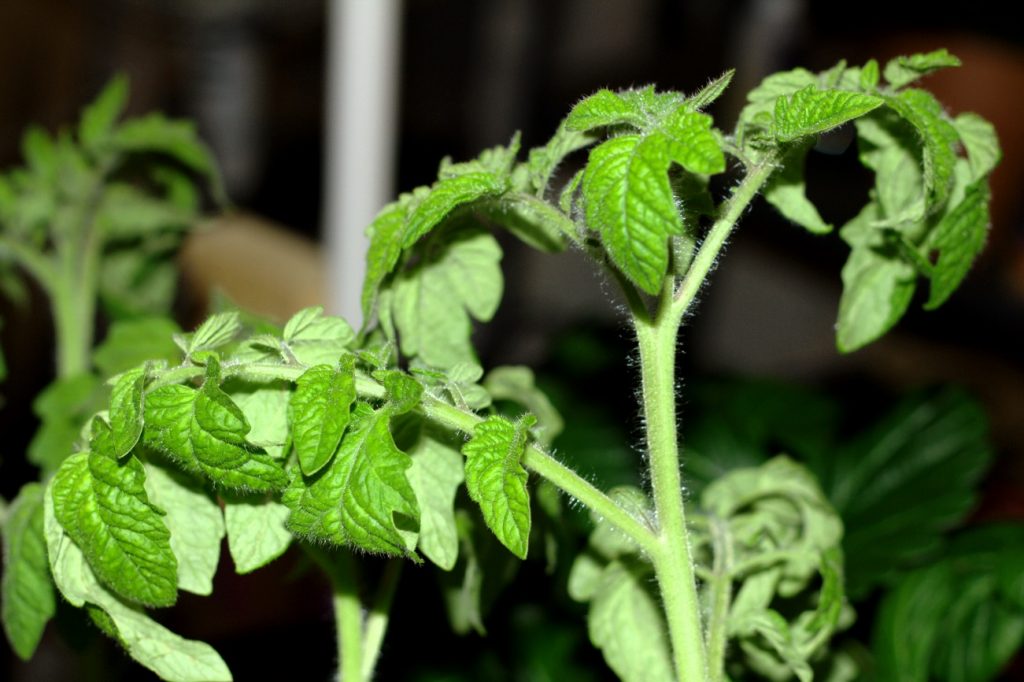
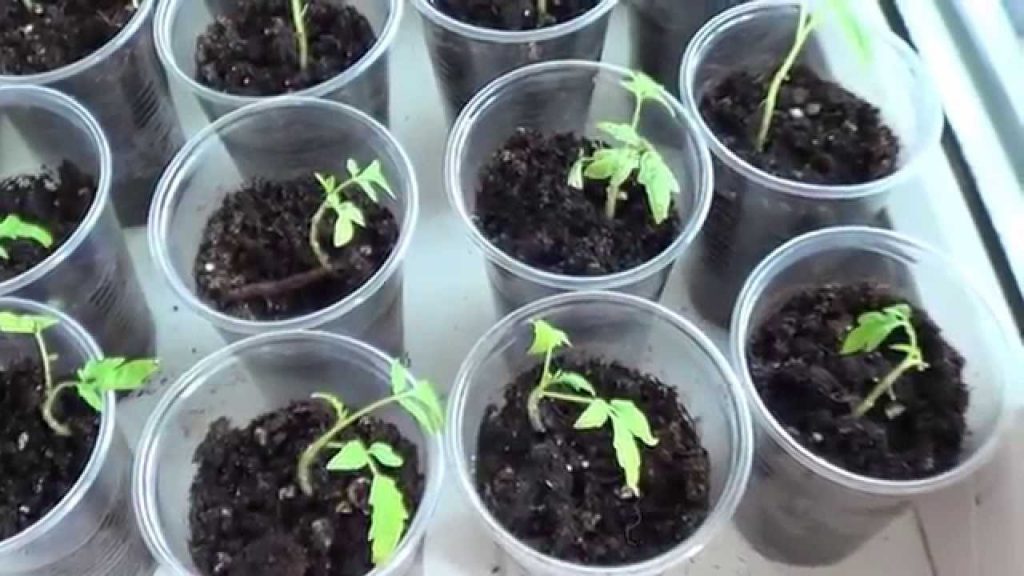
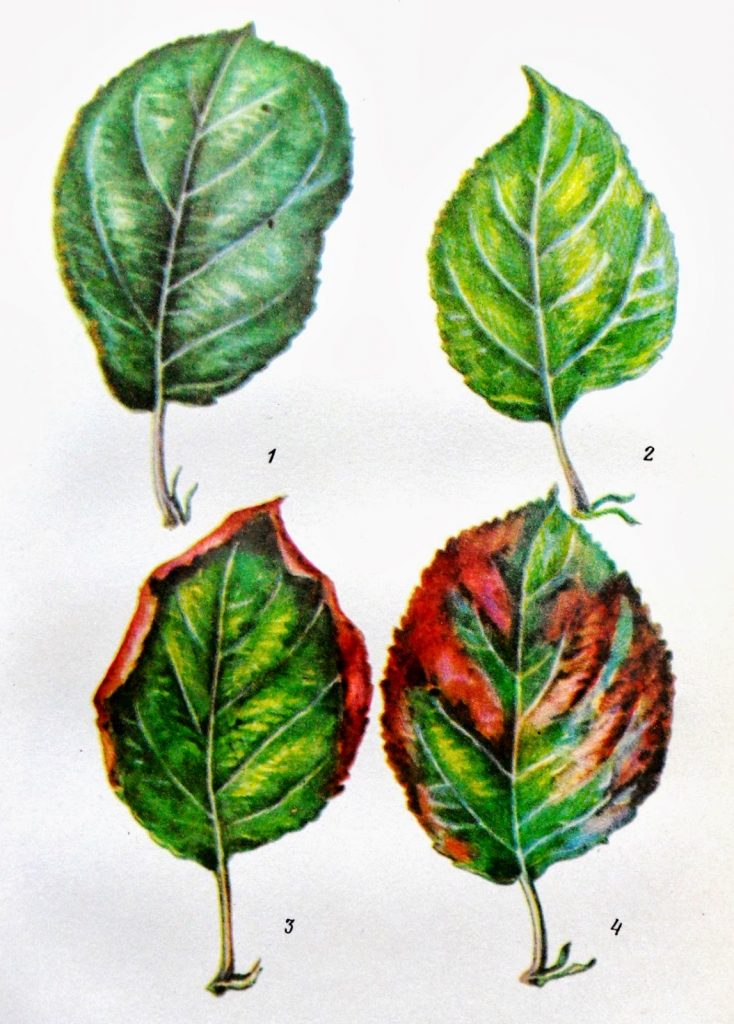

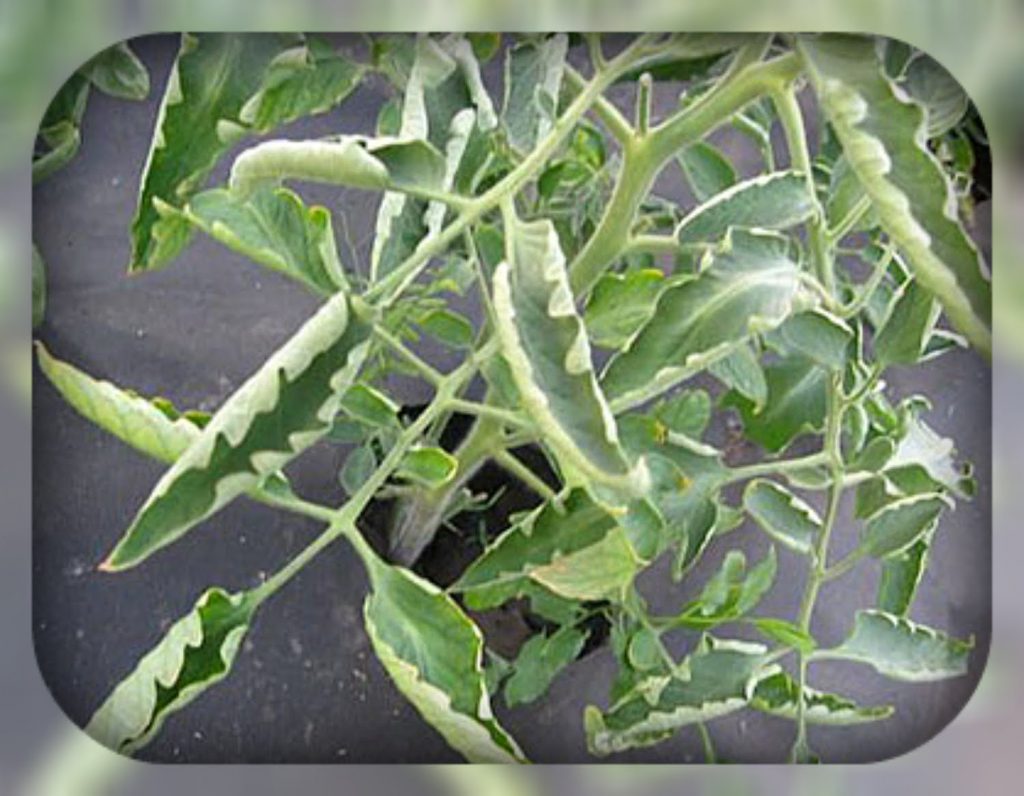
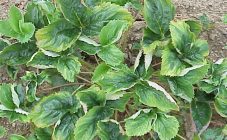
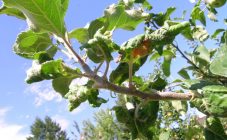
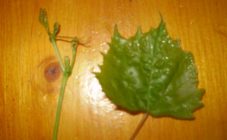

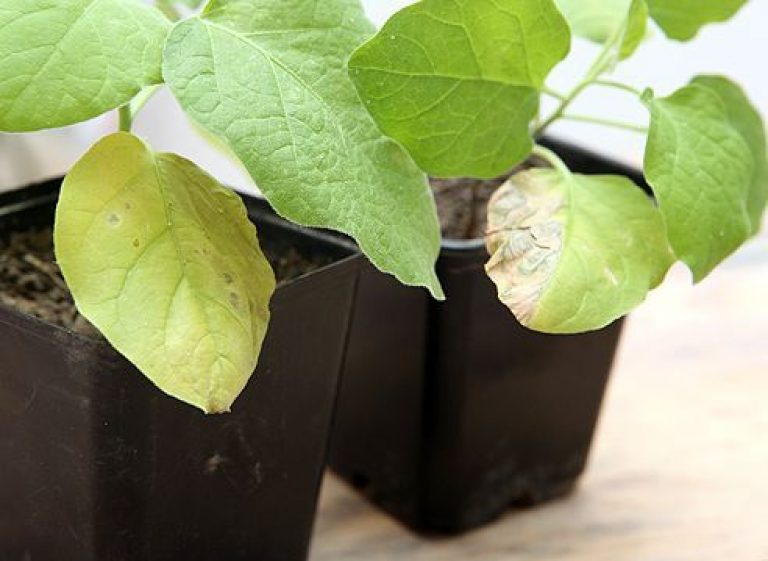
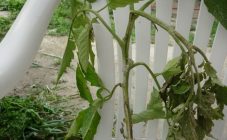







How can you write that tomatoes need to be watered often and little by little (although any gardener knows that the root system of a tomato is deep and needs to be watered rarely and abundantly !!!!), but in the next sentence say that watering only when the top layer of the earth is thoroughly dried ! The author writes nonsense, while refuting his own words ...